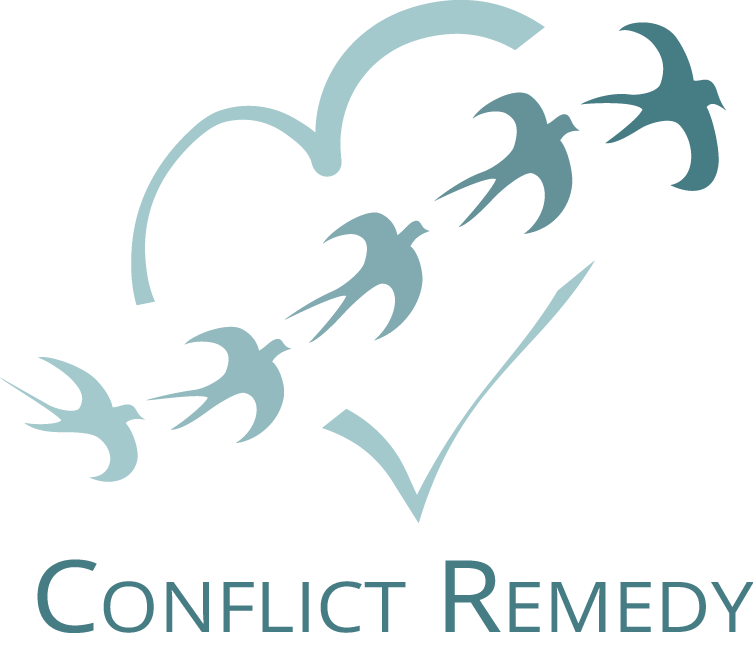
Photo credit: Hermione Granger via Photopin
One of the most common illusions that new coaching clients have is that by working with me they can somehow find tricks or techniques to convince the other person to think and behave differently. It doesn’t matter whether they are having conflicts and problems with spouses or with someone at work, supervisor, coworkers or employee. They are looking for a magic wand or lamp or incantation—you pick the metaphor—that will enable them to get what they want instantly and without effort.
These new clients are sure that they know what is wrong, convinced the other person is the sole cause of the problems. If only they would follow the rules ( translation—my rules), or do it the right way (translation—my way), my clients’ believe that their work lives would be smooth and beautiful.
It is a huge disappointment when I gently let them know that neither they nor I can make another person change. But, as I encourage them, there is a way they can change the troublesome situation or conflict;
A+B=C
I explain using a classic algebraic equation, a+b=c, the only math you’ll ever find in one of my blog posts, I promise.
A (your thinking and behavior)+B (their thinking and behavior)=C (the outcome).
If you’re willing to examine your own attitudes and behavior, and how you might be contributing to the problem, and if you are then willing to do the work to change those problematic attitudes and your behaviors, it will change how the conversations or situations unfold in the future, even if the other person is making no effort to change. And frequently, in my experience, it does change the other person’s responses.
How can you bring about true change?
With loving support from a coach or wise friend, you can understand what’s going on from your perspective, and the deeper links to your past experience, painful and successful. Then, you can look with compassion and attachment at what might be going on from their perspective. You can look at your mistakes and contribution to the misunderstandings and forgive yourself. You can look at their share of mistakes and forgive them. You can let go of unrealistic expectations and come from kindness and detachment in your interactions with these problematic people.
This sounds and is simple, but it is not at all easy or automatic to do. It involves work and repeated practice to change habitual ways of thinking, patterns of behavior that may position you as the hero or the victim, and the other person as the villain. This is a lot more work than waving a magic wand, but it truly can help. transform your experience of difficult people and situations.
After all, what do you really want at work? Like my clients, I’m guessing you want a harmonious and productive workplace. You want to feel valued and appreciated and listened to. You want the situation to change for the better. And the good news is that it is possible to do this by changing your own attitude and behavior rather than focusing on the other person.
 About Lorraine Segal: As a teacher, trainer, and coach, I am passionately committed to helping organizations and individuals learn skills to release conflicts and misunderstandings, communicate better, and create a more harmonious and productive workplace. I teach communication and conflict management skills at Sonoma State University and St. Joseph’s Health Life Learning Center and have created programs for businesses and non profits. For more information or to request a consult or session, visit www.ConflictRemedy.com.
About Lorraine Segal: As a teacher, trainer, and coach, I am passionately committed to helping organizations and individuals learn skills to release conflicts and misunderstandings, communicate better, and create a more harmonious and productive workplace. I teach communication and conflict management skills at Sonoma State University and St. Joseph’s Health Life Learning Center and have created programs for businesses and non profits. For more information or to request a consult or session, visit www.ConflictRemedy.com.
photo credit: Hermione Granger via photopin (license)
